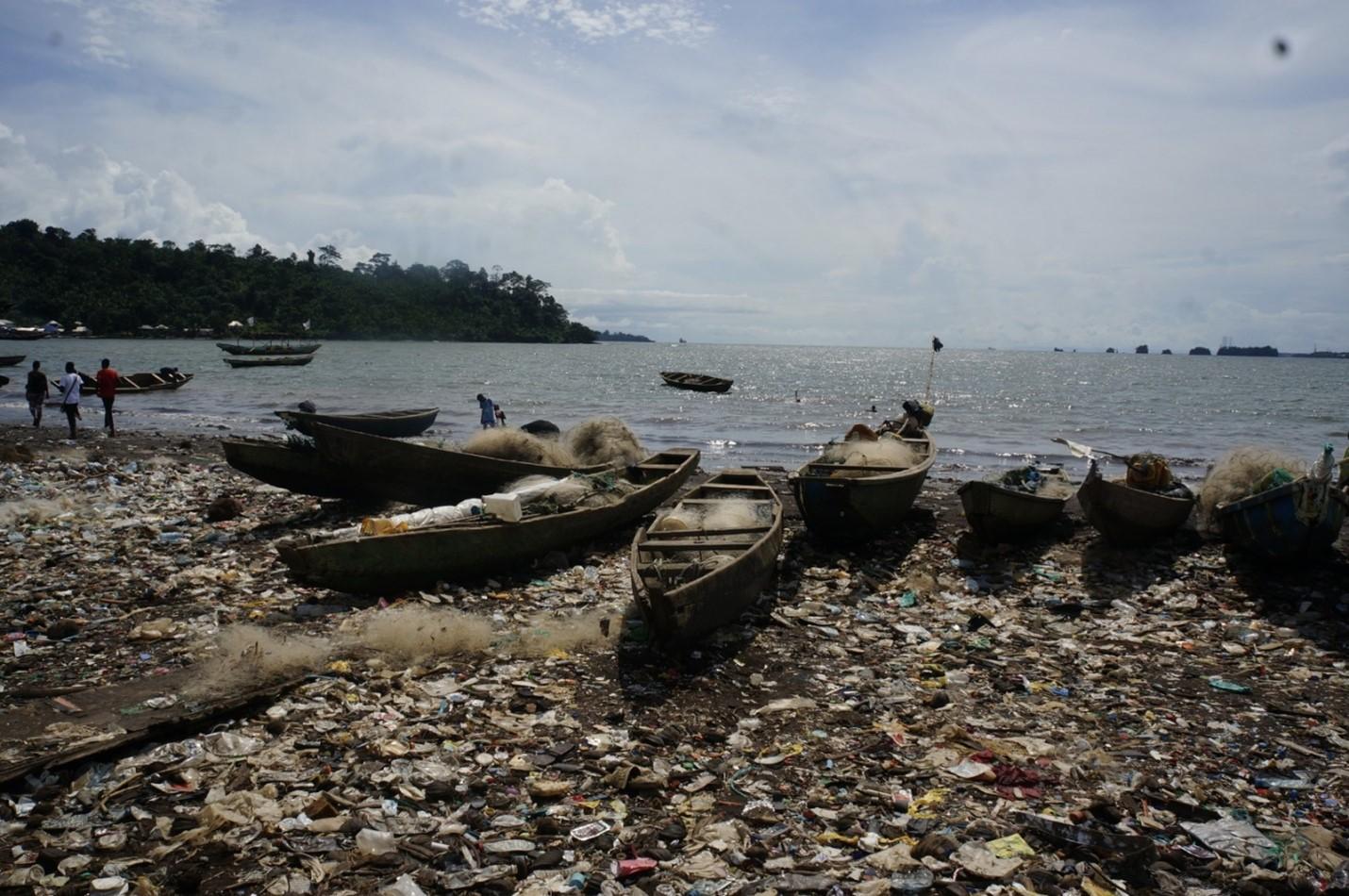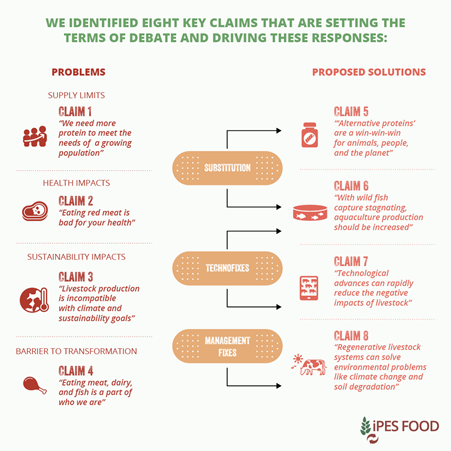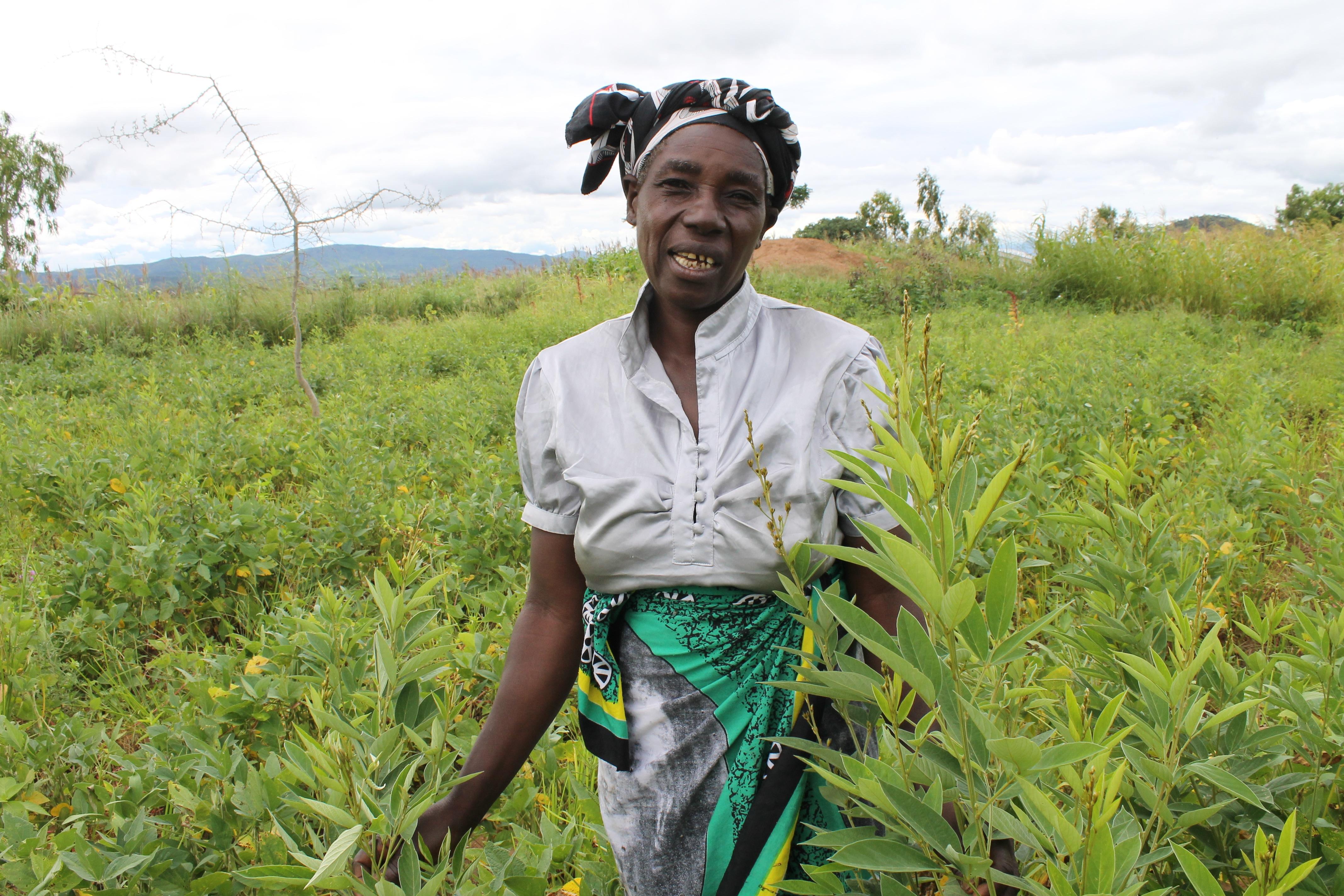Plastic waste surpasses fish and seafood catch quantities in Limbe, Cameroon. Walking around the seashore of fishing communities in this legendary city, one thing that cannot go unnoticed is the mass quantity of plastic waste at the seashore. Limbe, a prominent fishing site in Cameroon, attracts a diverse group of fisherfolks from neighboring Nigeria, Ghana, as well as locals. From degraded fishing nets to plastic bags, a vast quantity of plastic waste from human anthropogenic activities and rejects from the Atlantic Ocean ends up in the sea and seashores in Limbe, affecting fisherfolk's source of income, food security, food safety, health, and other activities.
In addition to the large volume of plastic waste from land, industrial fisheries are increasingly contributing to waste pollution in Limbe, which is detrimental to the environment and climate. Derelict abandoned, discarded, and lost fishing gear from industrial and commercial fishing fleets is overwhelming inside the sea and at the seashore in Limbe.

Food security and health issues
Fish and seafood are considered nutritional valuable parts of the human diet, with various health benefits due to their high protein content, nutrients, omega fatty acids, and minimum saturated fats [1]. However, fish and seafood are highly susceptible to environmental contaminants [2]. The burgeoning use of plastic and waste pollution results in microplastic accumulation in fish, adversely affecting fish growth, health [3], and catch volumes. Consequently, plastic waste pollution poses an increasing threat to the health, food security, food safety, and well-being of fish consumers through the ingestion of contaminated fish and seafood. Moreover, chemical additives such as retardants and plasticizers commonly used in plastics contribute to water, air, and soil contamination with long-term health risks to fish consumers [4] and fishing communities.
“Sometimes we find plastic waste inside the fish,” said a 40-year-old fisherfolk.
“We have seen uncountable dead fish at the seashore caused by plastic waste,” said a 38-year-old fisherfolk.
Likewise, the presence of plastic particles in fish and seafood compromises fish food availability and utilization in fishing communities in Limbe and beyond.
Causes of ocean waste pollution
The predominant culprits behind the escalating waste pollution along the Limbe seashore stem from the use of plastic bags and fishing gear and the neglect and seldom waste management by the Government. Moreover, locals who live close to the seashore do not carry out beach-clean ups. Inadequate recycling of collected waste from rubbish bins and abandoned waste in landfills end up at the seashore in Limbe. Tourists and people's behaviors at the seashore also add to the plastic waste. Furthermore, plastic waste is carried from the land to the Limbe sea by wastewater, rain, floods, and wind.
Similarly, the pervasive spread of plastic waste globally into virtually all corners of the planet, environment, and sea implies that plastic waste from other parts of the world empties at the Limbe seashore. Improperly managed plastic waste transverses from the seas of neighboring countries like Nigeria and Equatorial Guinea and empties into the Limbe seashore. Likewise, Cameroons’ involvement in international trade with other countries also facilitates the movement of plastic waste into the country through the importation of goods with plastic packages. With poor management and a lack of proper recycling, runoffs and effluents convey plastic wastes and microplastic debris from the imported goods into the Limbe Sea.

A way forward
Waste Management
-
A waste management plan from governments and non-governmental organizations and frequent community clean-up campaigns will be crucial as an immediate first step to clear up the existing waste at the Limbe seashore and beyond.
-
Ambitious long-term policies should consider an intensive national waste management plan in Cameroon by strengthening the provision of well-functioning collection systems in various communities and sensitizing communities on the need for collaboration in sustainable waste management.
-
Policies targeting the monitoring and management of small-scale and industrial fishing activities should be enforced to help mitigate plastic waste pollution from fishing gear in the global ocean.
-
Research and interventions that support a science-based understanding and sensitization of the public on the many and varied threats of the impact of waste pollution from anthropogenic activities into the ocean must be implemented at the national, regional, and global levels.
Reducing plastic use
-
Ambitious goals to reduce plastic use across all sectors of Cameroon’s economy to stem the flow of these materials into natural environments should be promoted.
-
There is a need for national, regional, and global alignment of policy approaches with a strong focus on interventions and ambitious actions that target reducing the use of plastic packages and plastic leakages across borders and eliminating mismanaged waste.
Recycling
1. Policies and Innovations that target recycling breakthroughs and scaling up existing innovations are crucial to reducing the leakage of plastics into the environment and sea.
References
- Khalili Tilami, S., & Sampels, S. (2018). Nutritional value of fish: lipids, proteins, vitamins, and minerals. Reviews in Fisheries Science & Aquaculture, 26(2), 243-253.
- Thompson, L. A., & Darwish, W. S. (2019). Environmental chemical contaminants in food: review of a global problem. Journal of toxicology, 2019.
- De-la-Torre, G. E. (2020). Microplastics: an emerging threat to food security and human health. Journal of food science and technology, 57(5), 1601-1608.
- Zuri, G., Karanasiou, A., & Lacorte, S. (2023). Microplastics: Human exposure assessment through air, water, and food. Environment international, 179, 108150.




